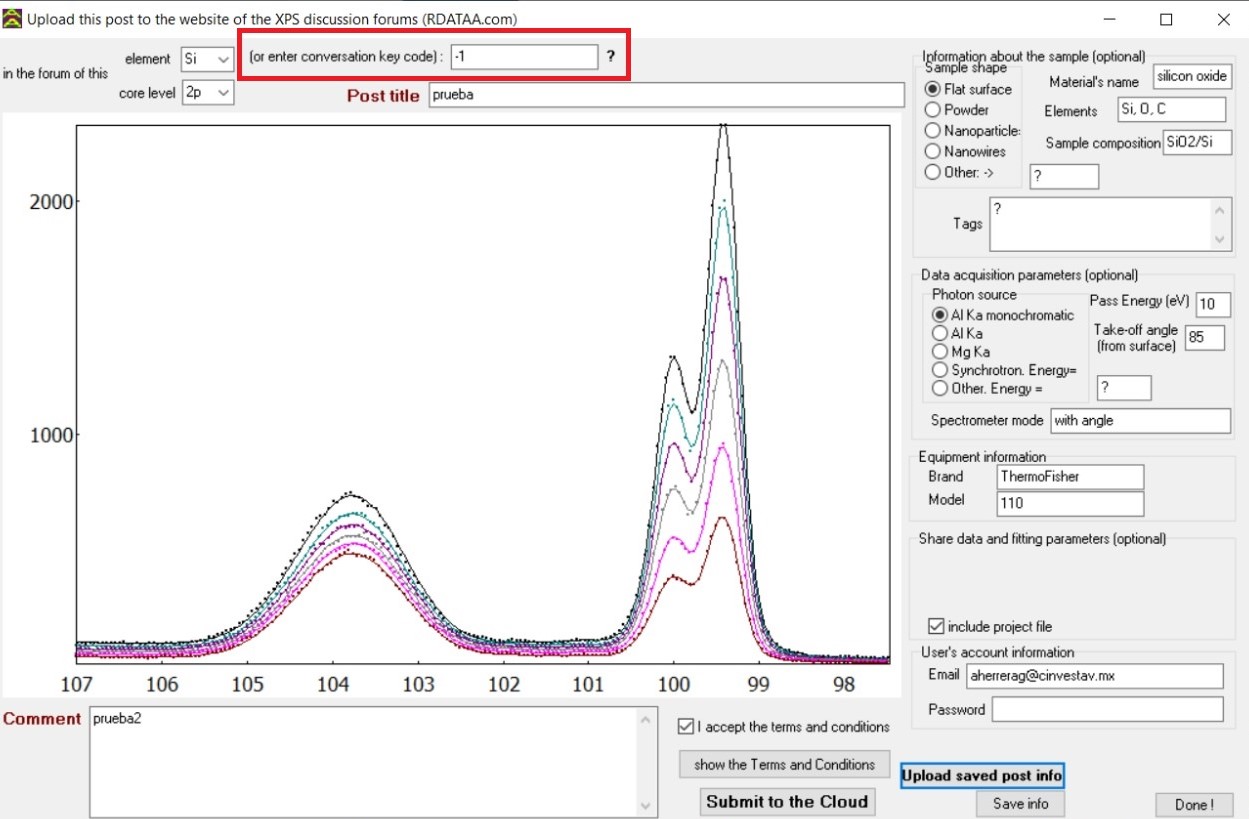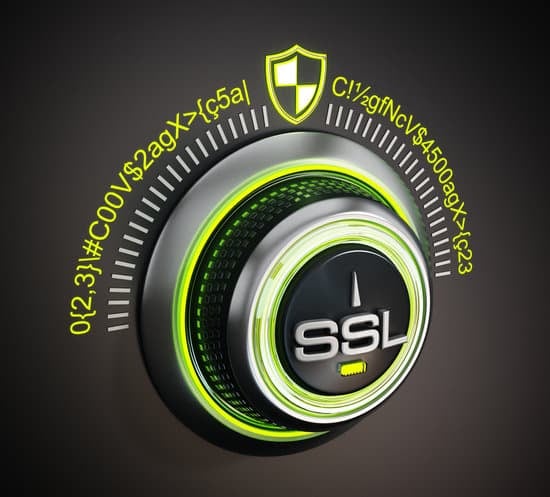here are a few more reasons for using an online direction compass:
Accessibility: Online compasses are available to anyone with an internet connection, making them accessible to a wide range of people regardless of their location or access to physical resources.
Real-Time Updates: Some online compasses provide real-time updates on factors that can affect direction, such as changes in magnetic declination over time or due to location changes.
User-Friendly Interfaces: Online compasses often come with user-friendly interfaces that include visual cues, digital readouts, and even audio feedback, making them easier to understand and use for individuals who might not be familiar with traditional compasses.
Integration with Other Tools: Online compasses can be integrated with other digital tools, such as map applications, weather forecasts, and navigation services, providing a more comprehensive and interconnected navigation experience.
Language and Unit Options: Many online compasses allow you to choose your preferred language and units of measurement (degrees, mils, etc.), making them adaptable to users from different regions.
Backup Option: Even if you have a physical compass, having access to an online compass can serve as a backup option in case your physical compass becomes damaged, lost, or malfunctions.
Learning Tool for Children: Online compasses can be a fun and interactive way to introduce children to the concepts of direction, geography, and navigation. They can be incorporated into educational games and activities.
Environmental Considerations: Using an online compass eliminates the need for manufacturing and disposing of physical compasses, which can contribute to environmental conservation efforts.
Global Use: Online compasses can be accessed and used anywhere in the world, making them suitable for international travelers or individuals who frequently move between different geographical locations.
Shareability: Online compasses can easily be shared with others through links, messages, or social media, making them useful for coordinating directions with friends, family, or colleagues.
No Magnetic Interference: Traditional magnetic compasses can be influenced by nearby metallic objects or electromagnetic fields. Online compasses, which rely on digital technology, are less susceptible to such interference.
Customization: Some online compasses offer customization options, allowing users to adjust the appearance, behavior, and additional features according to their preferences.
Continuous Development: Online tools can receive updates and improvements over time, potentially adding new features, refining accuracy, and enhancing usability based on user feedback and technological advancements.
Remember that while online compasses have numerous advantages, they may also have limitations, such as dependence on battery life, device compatibility, and potential inaccuracies if used in areas with poor GPS signals or magnetic interference. It's essential to assess your specific needs and the context in which you plan to use an online compass to determine if it's the most suitable option for your situation.
Sample material: test
Elements: carbon
Sample composition: carbon
Pass energy: 20
Take-off angle: 10
Brand: apple
Model: apple
Spectrometer mode: 1
Software used: AAnalyzer




